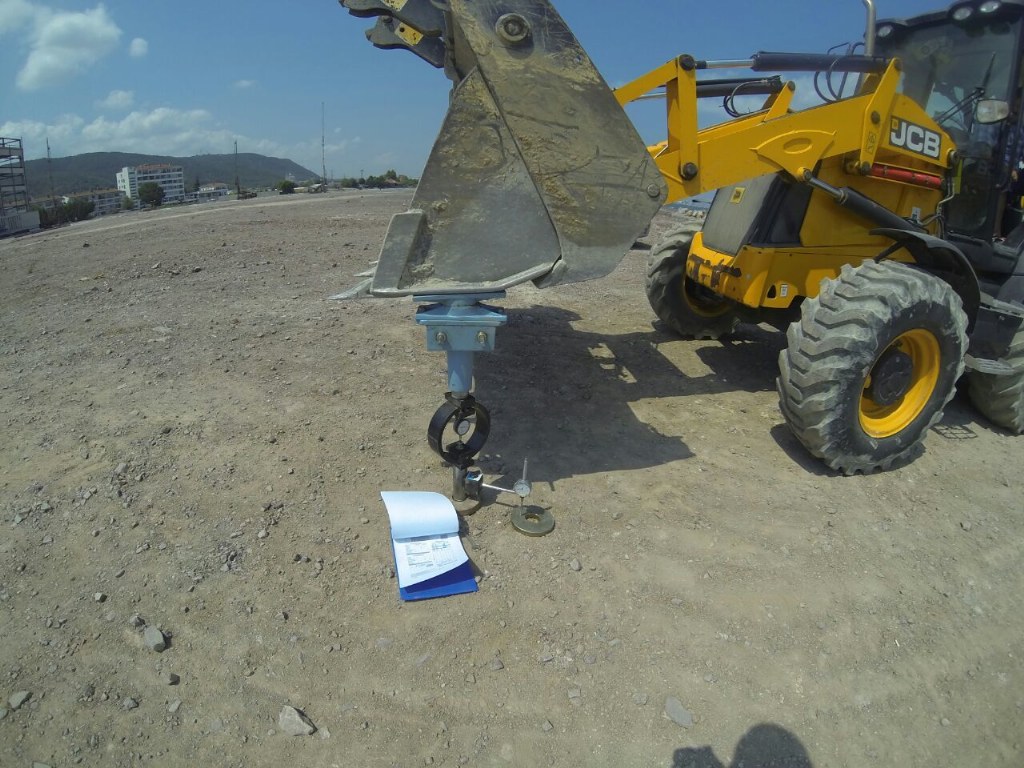CBR California Bearing Ratio test
What is the CBR Test
The CBR test is fully described in BS1377: Part 9: 1990: Soils for civil engineering purposes. It was first developed by the California State Highway Department and is used in the field as an arbitrary strength test which is considered to stress soils and replicate wheel loads.
The CBR test forms part of the site investigation and is used to determine the thickness of materials needed for the proposed road construction.?
The CBR test is performed by measuring the pressure required to penetrate a soil sample with a plunger of standard area. The measured pressure is then divided by the pressure required to achieve an equal penetration on a standard crushed rock material.
The harder the surface, the higher the CBR value. Typically, a value of 2% equates to clay, while some sands may have a CBR value of 10%. High quality sub-base will have a value of between 80-100% (maximum).
The CBR test is carried out on soils with a maximum particle size of 20mm. (Note: For material greater than 20mm please see Plate Bearing Tests). The technique involves driving a small cylindrical plunger (approx 50mm) into the ground at a uniform rate, using a four wheel drive vehicle as the reaction load to provide the force.
Tests are normally carried out at surface level or at depths of between 500-1000mm in 20-30m intervals along the proposed construction centreline. A minimum of three tests are usually carried out at each site.
On a typical site, and assuming surfaces are prepared, up to 8-10 tests can be carried out in a day, by a single operator, with provisional results available on site.
Please contact us to discuss your site investigation requirements or book at test.







